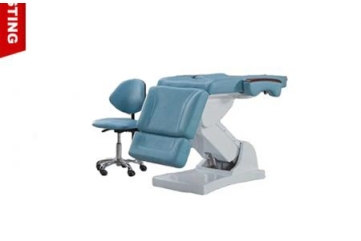How big is the global die casting market?
The global die casting market has been experiencing significant growth due to the increasing demand for lightweight and high-strength components in various industries, particularly automotive, aerospace, and electronics.
Market Size and Forecast:
– Market Value: The global die casting market was valued at approximately USD 65 billion to USD 75 billion in recent years.
– Growth Rate: The market is expected to grow at a compound annual growth rate (CAGR) of around 5% to 8% over the next several years, driven by advancements in technology and the expanding application of die casting in new sectors.
Key Factors Influencing Growth:
1. Automotive Industry:
The shift toward electric vehicles and lightweight materials is boosting demand for die-cast parts.
2. Aerospace Applications:
Increased use of die casting in the aerospace industry for producing complex components is contributing to market growth.
3. Technological Advancements:
Innovations in die casting techniques and materials are enhancing efficiency and reducing costs.
4. Economic Development:
Growing economies are increasing manufacturing activities, leading to higher demand for die-cast products.
For the most accurate and updated figures, consulting industry reports and market research from reputable sources is recommended.





